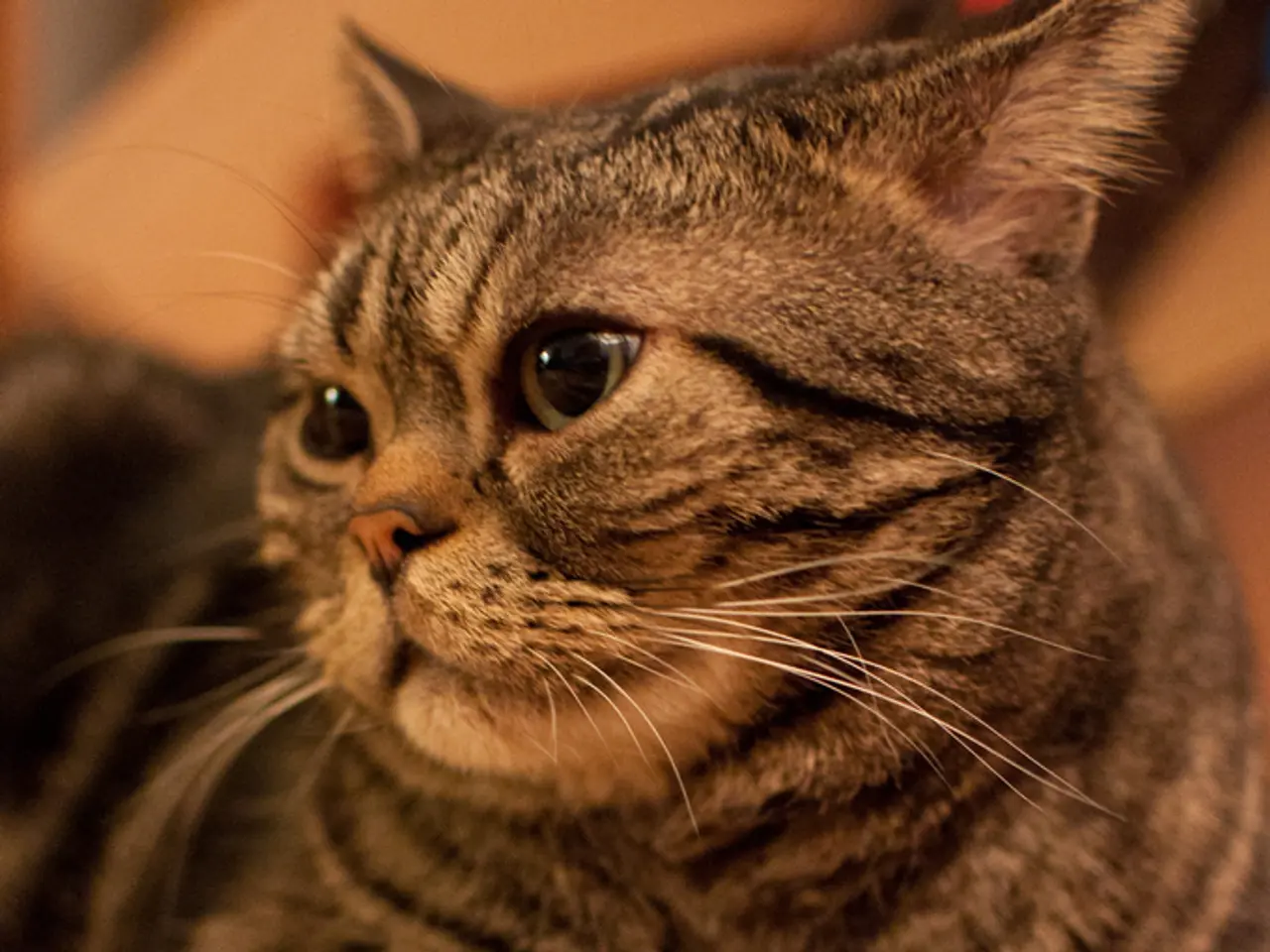Feline Pain Evaluation Guide: Determining a Cat's Level of Discomfort
The Feline Grimace Scale (FGS) is a valuable tool for detecting and measuring pain in cats, providing an objective, non-invasive method for caregivers and veterinarians to assess discomfort and make informed decisions about pain management.
This scale, developed to analyse specific facial expressions that change in response to pain, focuses on five facial action units: ear position, orbital tightening (eye squinting), muzzle tension, whisker position, and head position. Each feature is scored on a scale from 0 (no pain) to 2 (obvious pain expression), allowing a quantitative assessment of the cat’s pain level.
Research from the University of Montreal has shown the FGS to be highly accurate, with around 90.7% sensitivity and 86.6% specificity in identifying cats that need pain relief. Key facial signs indicating pain through the scale include:
- Ears lowered or positioned abnormally
- Eyes squinting or tightening (orbital tightening)
- Tense or wrinkled muzzle
- Whiskers drooping or pulled back
- Head held low or in unusual posture
The FGS aids not only in clinical pain assessment but also in improving cat welfare by enabling early detection and treatment of chronic or acute pain, often leading to notable improvements in the cat’s behavior and quality of life.
Because cats cannot verbally communicate pain and often hide it as a prey species, the FGS provides a crucial tool to "translate" their subtle expressions into actionable information.
Effective pain management in cats involves a multimodal approach, which may include medications, environmental modification, physical therapy, nutritional support, monitoring and adjustment, and addressing underlying causes. It's important to note that pain associated with urination or known injuries require immediate veterinary attention.
Cats with acute pain may experience reduced appetite, lethargy, or aggression. In some cases, a cat's pain may plateau at severe levels despite pain treatment, indicating their medical condition is too advanced or painful to manage effectively with available therapies.
The FGS not only helps in detecting pain but also in revealing when a cat is enduring persistent, unrelenting pain, helping to make the difficult but humane decision to end a cat’s suffering through euthanasia.
In conclusion, the Feline Grimace Scale is a validated, sensitive, and specific facial expression-based tool that helps veterinarians and cat owners reliably detect and quantify pain in cats, enhancing pain management and feline welfare. By understanding and using the FGS, we can better help our feline friends when they are in pain.
Developing a comprehensive approach to cat health involves consideration of various factors, such as fitness and exercise, mental health, and even the use of compounds like CBD. Regular exercise and fitness routines can help maintain a cat's agility and overall health, while mental stimulation is crucial for ensuring their mental well-being. CBD, a compound derived from cannabis plants, may assist in managing chronic conditions and pain in cats, although more research is needed to confirm its benefits and potential side effects. The Feline Grimace Scale, on the other hand, aids in identifying and treating medical conditions like pain and inflammation by analyzing specific facial expressions.




